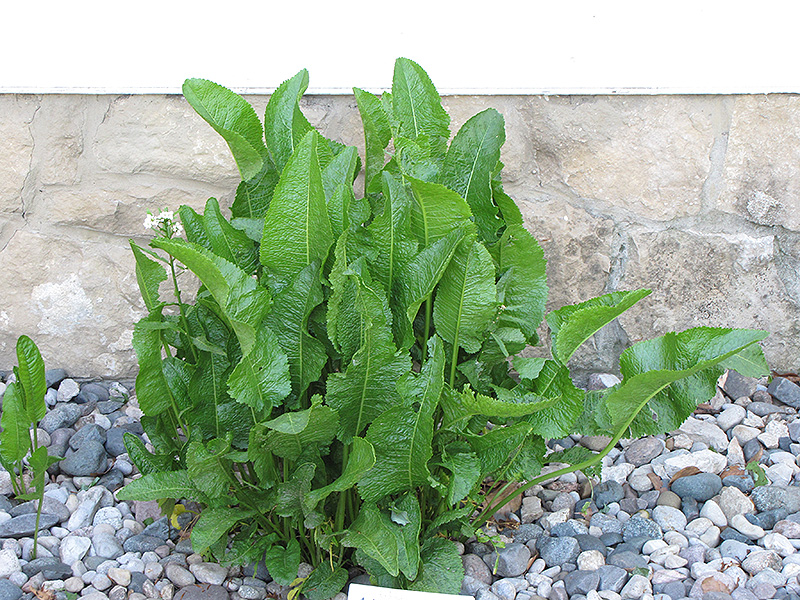|
|
|
| home | about us | loyalty program | products | directions | warranty | garden splendor ® | plant collector | landscaping | |
| Plant Finder | |
|
Height: 24 inches Spread: 24 inches
Sunlight:
Hardiness Zone: 2a Description: A welcome addition to the herb garden with its lovely white flowers rising above large, glossy green foliage; roots are used to make sauces and seasonings but can't be left in the ground long as they will become woody Edible Qualities Horseradish is a perennial herb that is typically grown for its edible qualities. It produces creamy white roots with white flesh which are harvested from late winter to mid spring. The roots have a sharp taste with a crisp texture and a pungent fragrance. The roots are most often used in the following ways:
Features & Attributes Horseradish features showy spikes of white flowers with yellow eyes rising above the foliage in early summer. Its large narrow leaves remain dark green in color throughout the season. This is an herbaceous perennial herb with an upright spreading habit of growth. Its medium texture blends into the garden, but can always be balanced by a couple of finer or coarser plants for an effective composition. This is a high maintenance plant that will require regular care and upkeep, and should be cut back in late fall in preparation for winter. Gardeners should be aware of the following characteristic(s) that may warrant special consideration;
Aside from its primary use as an edible, Horseradish is sutiable for the following landscape applications;
Planting & Growing Horseradish will grow to be about 24 inches tall at maturity, with a spread of 24 inches. It grows at a fast rate, and under ideal conditions can be expected to live for approximately 5 years. As an herbaceous perennial, this plant will usually die back to the crown each winter, and will regrow from the base each spring. Be careful not to disturb the crown in late winter when it may not be readily seen! This plant is typically grown in a designated herb garden. It does best in full sun to partial shade. It prefers to grow in average to moist conditions, and shouldn't be allowed to dry out. It is not particular as to soil type or pH. It is somewhat tolerant of urban pollution. This species is not originally from North America. It can be propagated by division. Characteristics
Applications
Features & Attributes
|
|
